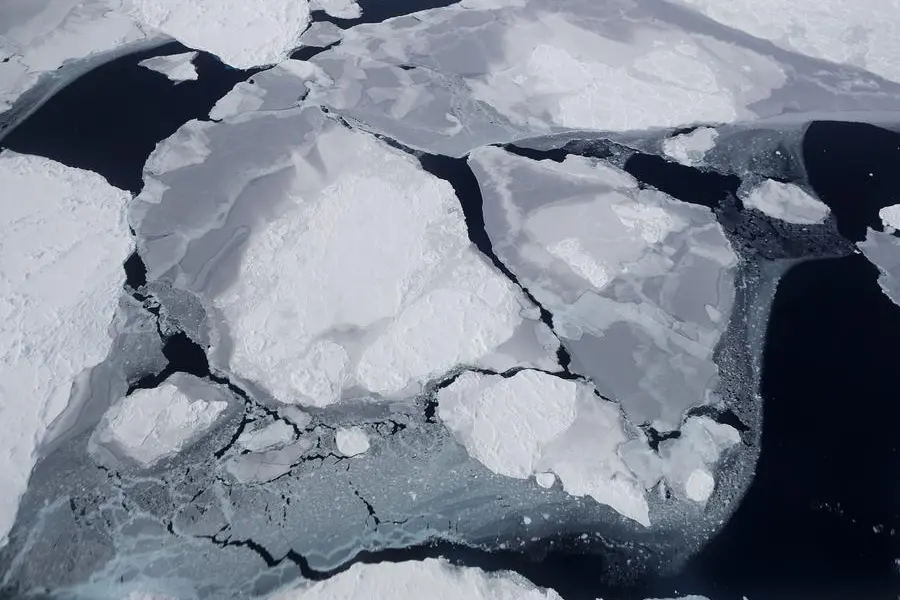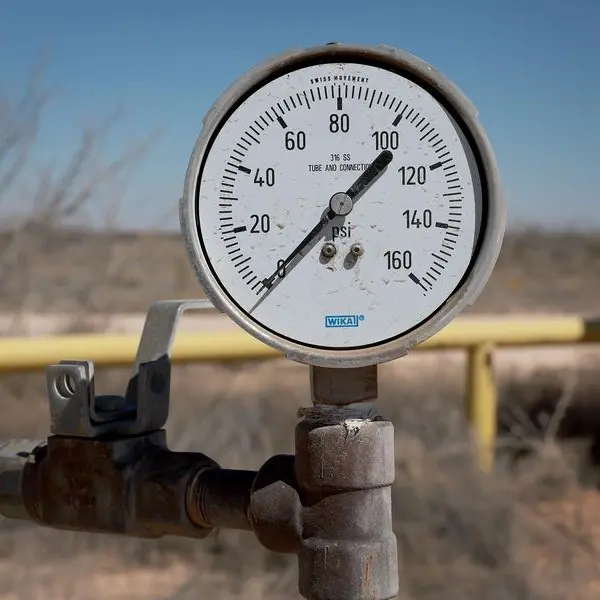PHOTO
Antarctic ice-sheets risk breaking into the sea faster than previously thought in stretches of up to 600 metres a day, speeding up the rise in sea levels, new research indicates.
In a paper published Wednesday in science journal Nature, researchers studied traces left by retreating ice-shelves thousands of years ago on the seabed off Norway.
Ridges revealed how quickly the "grounding line" -- the point where an ice sheet starts to float -- had retreated during the transition from the last ice age: from 55 to 610 metres (667 yards) a day.
"These values far exceed all previously reported rates of grounding-line retreat across the satellite and marine-geological records," they wrote.
They calculated that similar low-lying ice sheets in the Antarctic such as around the so-called Thwaites "doomsday" glacier could retreat at a similarly quick rate under current climate conditions.
Global warming due to human-caused carbon emissions is reducing ice, raising warnings that dangerous "tipping points" could be reached, with sudden major melting driving sharp rises in sea level.
"Our study shows that pulses of extremely rapid ice-sheet retreat could occur across flat-bedded areas of Antarctica even under present-day rates of melting," lead author Christine Batchelor of Newcastle University told AFP.
"Whilst our findings cannot tell us when or if an ice-loss tipping point will be reached, they shed new light on which parts of ice sheets are vulnerable to retreat and how fast such retreat could occur."





















